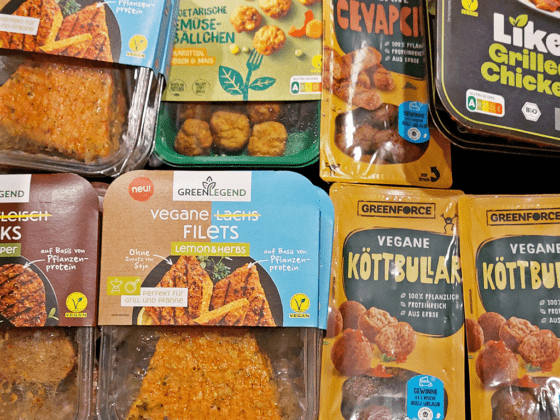Innovations recommended by the flustix experts
Das Erreichen der Klimaziele wird immer unwahrscheinlicher
Achieving the climate targets is becoming increasingly unlikely
Because Germany is once again relying more heavily on fossil fuels in the energy crisis, it is becoming increasingly unlikely that we will achieve the goals we have set. A catastrophe that we are already feeling this summer: drought has dried up our rivers, forests are burning in some parts of Germany, and heat records are threatening the health of humans and animals. Hope comes from science: transparent solar collectors could turn our cities into massive power plants in no time – no longer consuming energy, but producing it.
Sounds too good to be true? No! The trade magazine “Interesting Engineering” reports important progress in the manufacture of transparent solar collectors. In plain language, it’s about windows that function like solar cells and produce solar energy.
The technology is called “photovoltaic glass.” The material is manufactured to provide a certain level of transparency. Back in 2014, researchers at Michigan State University (MSU) developed an almost completely transparent solar concentrator that can turn almost any pane of glass or window into a photovoltaic cell. In 2020, U.S. scientists succeeded in achieving 100 percent transparency for the first time.
This is an important signal for the generation of renewable energy. In the United States alone, it is estimated that there are between five and seven billion square meters of glass surfaces. Each of them could be used as a power plant in the future.
Transparent photovoltaics already in use in Copenhagen
Our Danish neighbors are already making practical use of the technology: The glass facade of the Copenhagen International School is designed with 12,000 transparent solar panels. Around half of the energy consumed by the building and its users is generated here.
Michigan State University is also proving that the technology works: The electricity for lighting the university’s atrium is generated with solar energy from a 100-square-meter solar glass panel.
Scientists tinker with efficiency
So could the technology really save us from the climate catastrophe? No, at least not on its own, writes Derya Özdemir, author of the article in Interesting Engineering: “Before the technology can be used on a larger scale, scientists need to increase its efficiency, because there is a trade-off between efficiency and transparency. The more transparent the panel, the less efficient it is. Therefore, transparent panels are not expected to surpass or replace the standard solar panels to which we have become accustomed. In any case, the technology could help humanity move more quickly toward a truly sustainable and greener future.”
 English
English Deutsch
Deutsch




